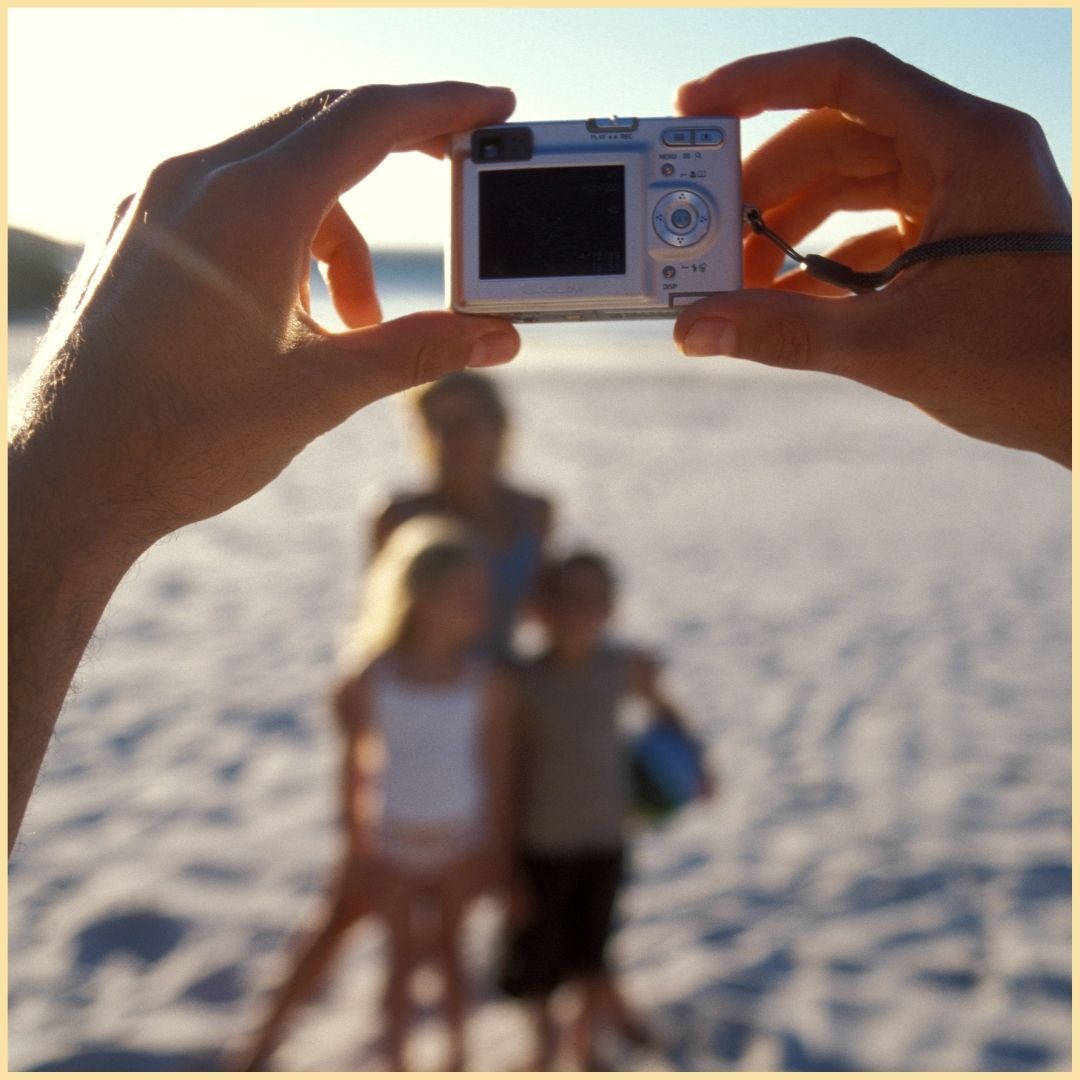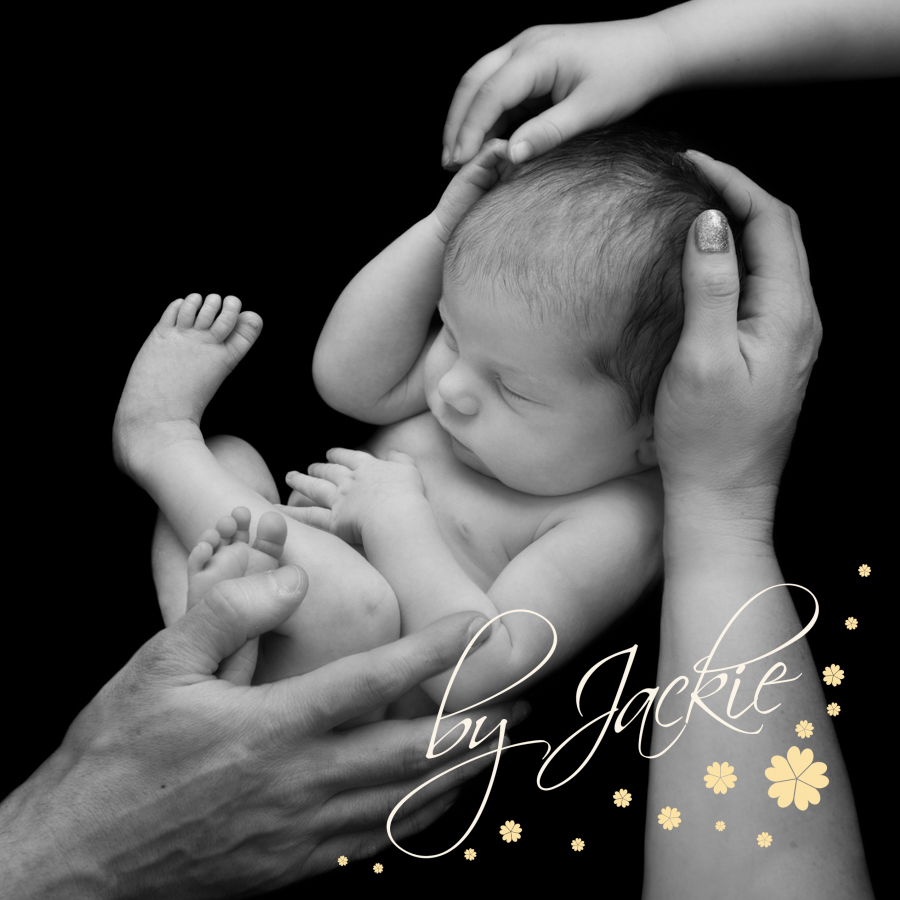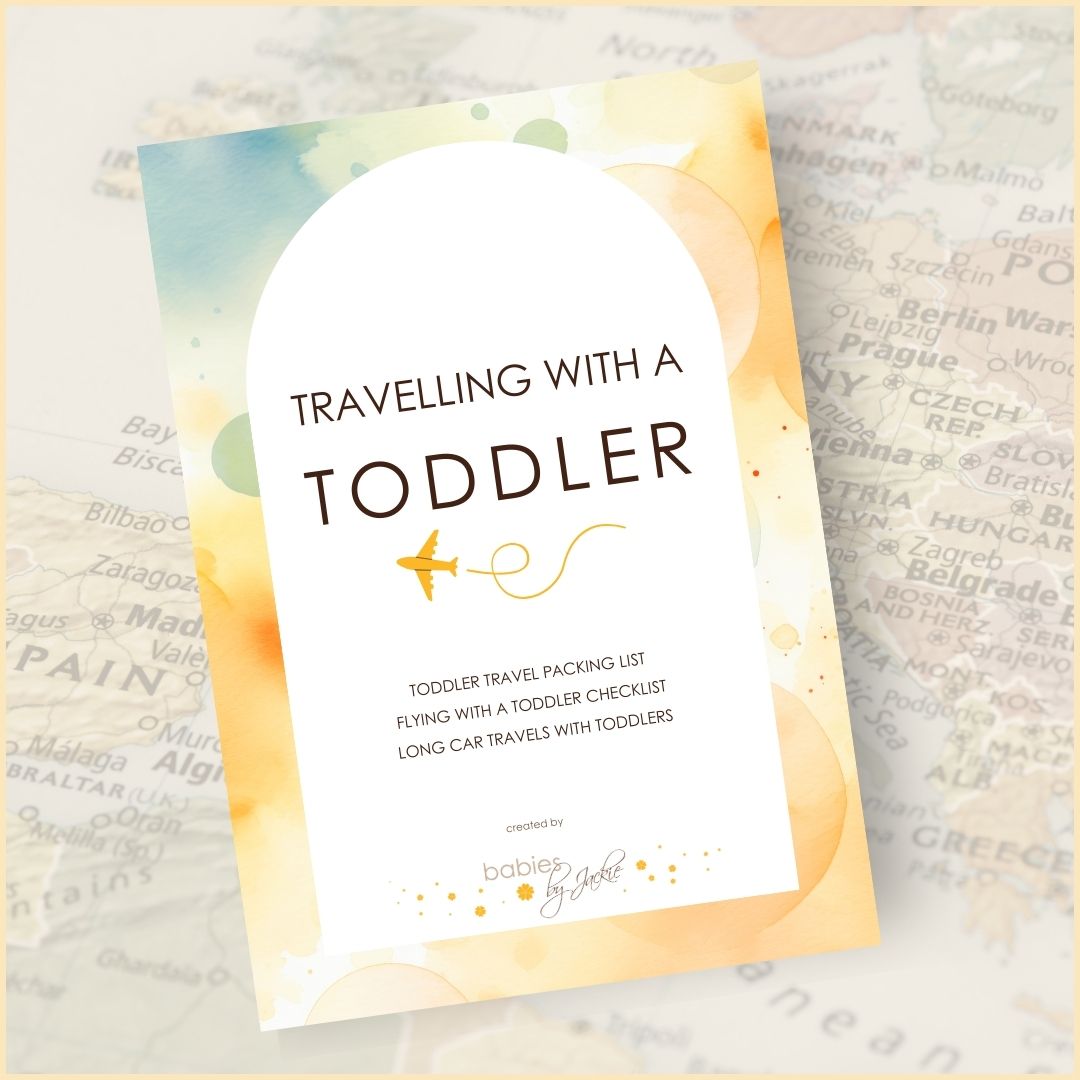NEW blog
WELCOME TO OUR BLOG
Explore memorable sessions, tips for your portraits, ideas for fun family activities and more!
CATEGORY: FAMILIES
Why You Should Keep Your Family Portrait Up-To-Date
One day, your kids need your hand to take their first steps, and the next, they’re off and running, leaving you wondering where the time went. It’s a little unfair how quickly time flies, isn’t it? And if you’re anything like most busy parents, family portraits tend to fall to the bottom of the never-ending to-do list. But keeping your family portraits up-to-date isn’t just about getting a cute picture for the wall ...
Read more...
CATEGORY: BABIES
Personalising your Newborn Portrait Experience
Newborn photography is more than just capturing the first days of your baby’s life; it’s an opportunity to tell a story, your story. Personalising and customising your portraits can make these memories even more heartfelt and unique.
Read more...
CATEGORY: BABIES
A Journey of Growth: Capturing Your Baby's First Year in Photos
The first year of a baby’s life is a whirlwind of monumental changes and heartwarming milestones. From the sleepy, curled-up poses of a newborn to the wide-eyed curiosity of a six-month-old, and the adventurous spirit of a one-year-old, each stage in a baby’s first year brings something uniquely ...
Read more...
CATEGORY: BABIES
10 Tips for Stunning Newborn Photos: Keeping your little one comfortable
Preparing for a newborn photoshoot involves more than just picking cute outfits and props. Ensuring your little one is comfortable during the photo session is paramount for beautiful, peaceful images.
Here are my top ten tips ...
Read more..
CATEGORY: MATERNITY, BABIES, MILESTONES, TEEN
THE MAGIC OF BLACK AND WHITE PHOTOGRAPHY
You may wonder “Why black and white when the world is so full of colour?” Black and white photography has a timeless quality that’s simply unmatched. It takes us back to the golden era of photography, where each image was a cherished piece of art. When it comes to portraits, this classic style adds...
Read more...
CATEGORY: BABIES
THE BEST TIME FOR NEWBORN PHOTOGRAPHY: CAPTURING THE PERFECT AGE AND MOMENT
As you prepare to welcome your new baby, you’re probably thinking about how to capture these early moments that, though fleeting, are incredibly precious. One of the most cherished ways to preserve these memories is through newborn photography. But when is the best time to schedule these photos?
Read more...
CATEGORY: BABIES
BABY NAME IDEAS FOR BABIES DUE IN SEPTEMBER AND OCTOBER
Autumn is such a beautiful time of year to be expecting a baby. As a photographer, I love September and October. The light is always beautiful and the colours of nature turn the blandest landscape into a work of art. It’s little wonder that so many parents choose autumnal-themed names for their babies born in the most beautiful season of the year...
Read more...
CATEGORY: TIPS & IDEAS
Summer Family Portraits: How to make the most of the season
Summer is the perfect time to capture beautiful family portraits. With longer days, warmer weather (we hope!), and vibrant natural backdrops, it’s a wonderful time to create stunning images that showcase your family’s unique personality and bonds. Here are my tips for capturing perfect family photos this summer...
Read more...
CATEGORY: BABIES
10 Essential Tips for Choosing the Perfect Newborn Photographer
Bringing a new baby into the world is a momentous occasion, and capturing those first few weeks through photography is a decision many parents cherish. Choosing the right newborn photographer is crucial not only for ensuring beautiful images but also for guaranteeing a safe and comfortable environment for your new addition. Here are...
Read more...
CATEGORIES: NEWS
Welcome to The Pig Sty - our custom-built photo studio
Welcome to the Babies By Jackie Studio!
Located in the historic village of Hemingbrough, the studio was once a pig sty (hence the name!). But don't worry there's only one little piggy there now :-)
Read now...
READER FAVOURITES
CATEGORY: TIPS & IDEAS
EVEN MORE ...
Welcome

Recent posts


loading...


I am delighted to welcome Alex Duxbury, Director of Lifft Slings as today's guest blogger!
Lifft Slings is a family run business and all of Lifft's Stretchy Wraps and Pouch Slings are made here in sunny Yorkshire. Alex is a trained babywearing consultant (Slingababy trained) and can demonstrate how to wear a sling in less than 2 minutes! Check out her online 'How To' instructions on the Lifft website.
Benefits of carrying children
There are many emotional, social, physical and practical benefits of carrying infants in your arms or in a sling. Soft slings such as our stretchy wrap help babies transition from the security of their mother’s womb to the busy outside world, by keeping them close to your soothing heartbeat, body warmth and motion. Older children also benefit from being carried, often when tired, unwell or in unfamiliar surroundings, returning to the reassuring safe space of the pouch sling.
Bonding and emotional wellbeing
Babies feel safe and secure when in a sling, which leads to better attachment to their caregivers. Far from the common misconception, carrying does not lead to ‘clingy’ children. Instead, secure attachment formed when babies, leads to more confident and independent children. Keeping your baby close enables you to spend more time bonding and interacting with them, learning from their cues so you are more responsive to their needs. [1]
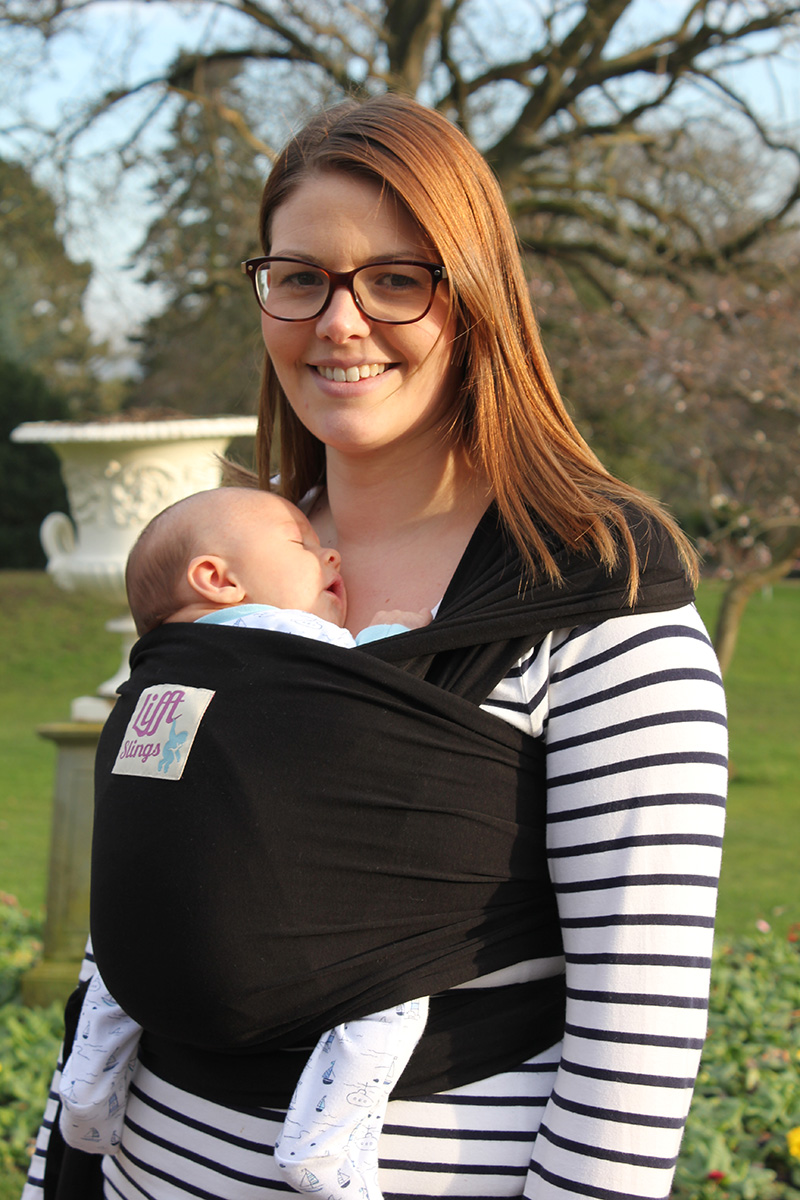

loading...


Decreased crying and improved sleep
Babies who are carried cry less frequently and for shorter durations. They spend more time quietly observing and learning about the world. Babies often sleep in slings, which is safe as long as their airway is well protected. [2]
Reduced reflux and improving colic
Many babies experience constipation, reflux and posseting. Carrying your baby in an upright position in a sling can reduce these issues. Gentle motion in a sling such as rocking or swaying can calm babies with colic.
Less exposure to exhaust fumes
Compared to babies in a pram, babies carried in your arms or in a sling are carried higher up, so are less exposed to the airborne particles released by exhausts and brakes at road level. Researchers found the levels of pollutants were higher at bus stops and in congested areas such as around primary schools at drop off and pick up times. [3]
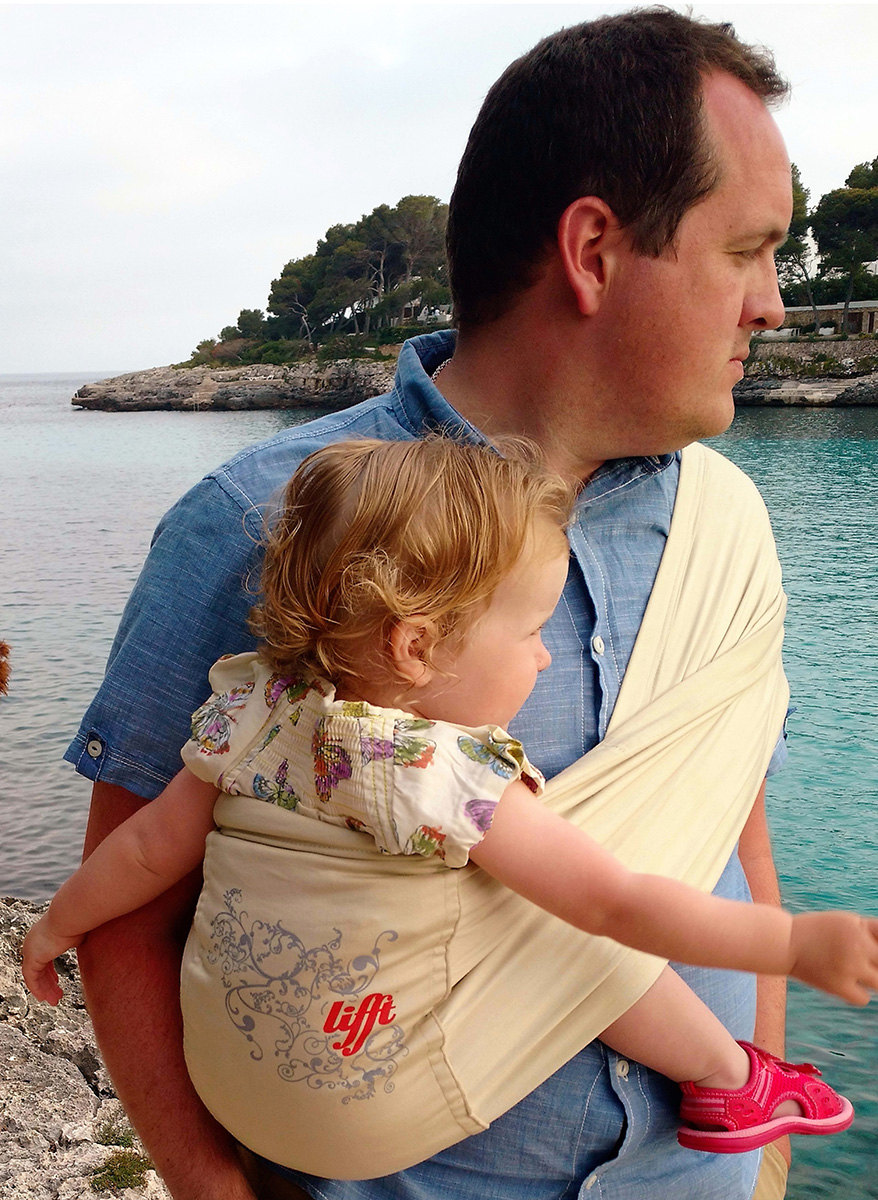

loading...


Improved physical development
Carrying your baby in a sling improves their head and neck control and the development of their core stability muscles. This is because they are actively using their muscles to maintain their position in the sling, especially when you are moving. It can also improve their sense of balance.
Hormones
Skin to skin or babywearing can help babies to regulate their own hormones, heartbeat and breathing. Parent’s physical contact with their baby, through skin to skin, or by carrying them close in a sling increases the parent’s release of the hormones oxytocin and prolactin. Oxytocin helps bonding in both parents by increasing awareness of your baby’s needs.[4,5] Prolactin is important for breastfeeding establishment and duration. Both hormones have a beneficial impact on parental mental health and their ability to cope with stress. It is possible to breastfeed your baby or toddler in a wrap or pouch sling, or to take them out to feed, using the sling as a breastfeeding cover.
Learning and sociability
Infants learn by watching and listening to others and a sling provides the perfect vantage point for this. They can feel included by contributing to conversations initially via early signs such as pointing at interesting things, or smiling at people. They are more likely to be involved in conversations, either by their carer chatting to them or when their carer speaks to others.
Freedom to explore and care for others
Babywearing enables you to explore the world without having to be limited to buggy suitable places. For example you can walk along narrow footpaths, around castles, on pebbled beaches or through crowded festivals, with your little one enjoying the experiences too. Slings are great when travelling on public transport and through busy airports. You have your hands free to care for other siblings, make your lunch or to walk your dogs.
References:
- Anisfeld, Elizabeth, Virginia Casper, Molly Nozyce, and Nicholas Cunningham. "Does infant carrying promote attachment? An experimental study of the effects of increased physical contact on the development of attachment."Child development 61, no. 5 (1990): 1617-1627.
- Hunziker, Urs A., and Ronald G. Barr. "Increased carrying reduces infant crying: a randomized controlled trial."Pediatrics 77, no. 5 (1986): 641-648.Kumar, Prashant, Ioar
- Rivas, and Lovish Sachdeva. "Exposure of in-pram babies to airborne particles during morning drop-in and afternoon pick-up of school children."Environmental Pollution 224 (2017): 407-420
- Feldman, Ruth. "Oxytocin and social affiliation in humans."Hormones and behavior 61, no. 3 (2012): 380-391.
- Abraham, Eyal, Talma Hendler, Irit Shapira-Lichter, Yaniv Kanat-Maymon, Orna Zagoory-Sharon, and Ruth Feldman. "Father's brain is sensitive to childcare experiences."Proceedings of the National Academy of Sciences 111, no. 27 (2014): 9792-9797
Images courtesy of Lifft Slings.








